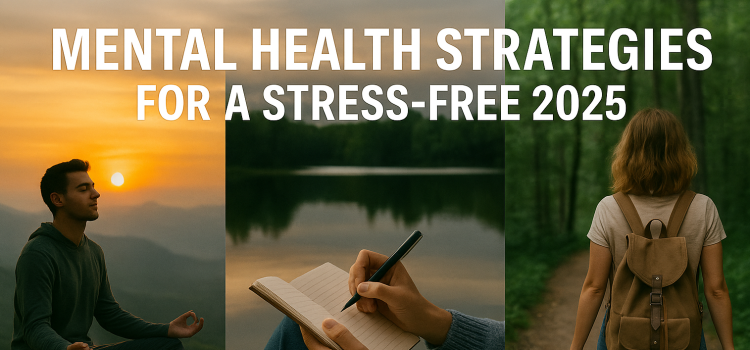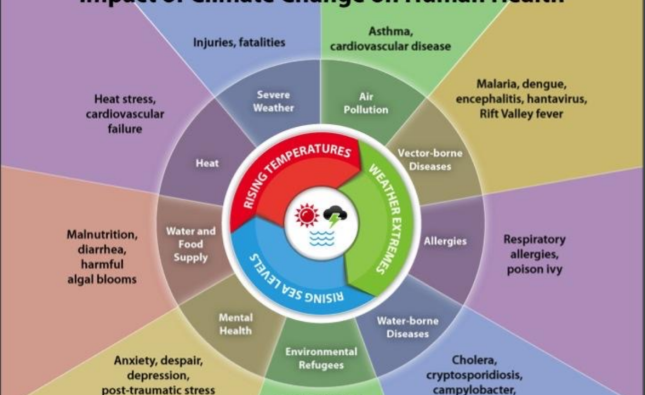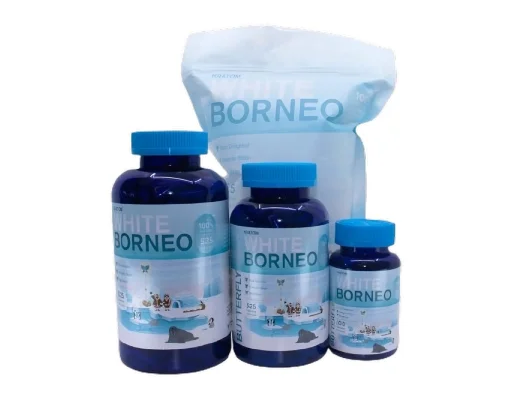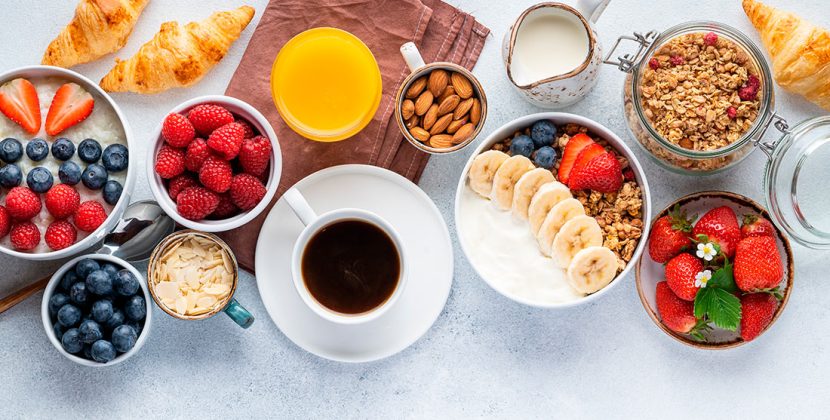
Introduction
Life in 2025 feels busier than ever. Technology moves at lightning speed. Work demands never stop. Global issues and social media can increase anxiety. To thrive, we need strong mental health strategies that help us stay calm, focused, and joyful. Stress-free living isn’t a dream—it’s a skill we can learn.
This guide shares proven methods to support your well-being. You’ll discover mindfulness tools that ground you in the present. You’ll learn self-care routines to nourish body and mind. We cover relaxation techniques to ease tension, and resilience building tips to bounce back from challenges. Plus, you’ll find simple ways to unplug with digital detox, boost happiness with gratitude practice, and reduce worry through anxiety and depression management. By the end, you’ll have a toolbox of easy, lasting habits—your 2025 well-being tips—to create a calmer, healthier life.
What Is Mindfulness?
Mindfulness means paying full attention to the here and now. It helps you break free from constant worry about the past or future. In practice, mindfulness can be as simple as noticing the sensation of your breath entering and leaving your lungs. When your mind drifts to a stressful thought, gently guide your focus back to your breathing.
In 2025, many apps offer guided mindfulness exercises that last just a few minutes. Another session before bed can calm racing thoughts. Research shows mindfulness reduces anxiety and boosts mood by strengthening the connection between your brain’s attention and emotion centers.
Integrate mindfulness into daily tasks too. When washing dishes, feel the water on your hands and the scent of soap. While walking, notice each footstep and the sounds around you.
What Are Self-Care Routines?

Self-care routines are intentional habits that care for your physical and mental health. A good routine balances work, rest, and play.
Start with consistent sleep. Go to bed and wake up at the same time each day to regulate your internal clock. Include gentle stretches or breathing exercises before sleep to wind down.
Add movement. A short daily walk, a yoga session, or light strength training boosts mood chemicals and clears your mind. Even standing up to stretch every hour helps reduce tension.
Finally, schedule fun. Spend time on hobbies—reading, painting, or gardening. Social connection counts too. Check in with a friend, join a club, or play games with family. A balanced self-care routine creates a resilient foundation for mental health strategies.
What Are Relaxation Techniques?
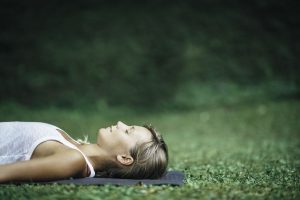
Tension builds in your muscles and mind when stress lingers. Relaxation techniques help you release this tension.
Deep breathing exercises slow your heart rate and quiet the nervous system. Try the 4‑7‑8 method: inhale for 4 seconds, hold for 7, exhale for 8. Repeat five times and feel your body soften.
Visualization can transport you to peaceful scenes. Close your eyes and imagine a serene beach or forest. Engage all your senses—hear birds, smell pine, feel warm sand. Visualization helps your mind take a restful “holiday,” even in a busy day.
Adding these relaxation techniques to your routine reduces anxiety, improves sleep, and promotes stress‑free living.
What Is Cognitive Reframing?

Cognitive reframing means changing how you view stressful situations. Instead of thinking, “I can’t handle this,” you rephrase to, “This is hard, but I can take small steps.”
First, notice negative thoughts as they arise. Write them down. Then ask, “What evidence supports this thought? What evidence challenges it?” This simple step helps you see that many worries are exaggerated.
Next, craft balanced thoughts. If you worry about an upcoming presentation, reframe “I’ll embarrass myself” to “I’ve prepared well, and people want me to succeed.” Balanced thoughts reduce fear and build confidence.
What Is Effective Time Management?
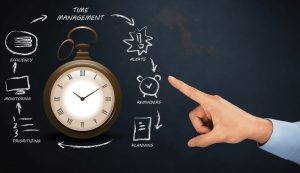
Poor time management can fuel stress.
Start by listing your top three tasks each morning. Focus on these high-impact items before checking email or social media. This approach, sometimes called “eating the frog,” ensures you tackle important work when your energy is highest.
Use time blocks: dedicate 50 minutes to focused work, then take a 10-minute break. This rhythm keeps your mind fresh and prevents burnout. Leverage calendar reminders for routine tasks—exercise, lunch, or brief walks.
Strong time management skills free up mental space, reduce overwhelm, and support stress-free living.
What Is Digital Detox?
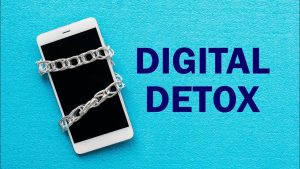
Screens crowd our attention and amplify stress. A digital detox means setting intentional breaks from technology.
Choose “screen‑free zones” in your home—bedrooms or the dining table. Commit to no phones or laptops in these areas. Set “do not disturb” hours each evening to wind down without notifications.
Weekends or holidays are great for longer detoxes. You might leave your phone at home during a hike or switch off social apps for a whole day. During detox, refill your mental reserves through nature walks, reading, or creative projects.
What Is Gratitude Practice?
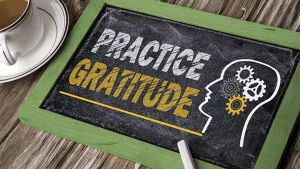
Reflect on why these moments mattered.
Share appreciation with others. A quick text or note thanking someone brightens their day and strengthens social bonds. Gratitude practices boost dopamine and serotonin, the brain’s “feel good” chemicals.
In 2025, gratitude remains a simple yet powerful tool for stress-free living and emotional well-being.
What Is Physical Activity for Mental Health?

Moving your body is one of the best ways to clear stress and lift mood naturally. Mental and Physical activity releases endorphins—your body’s built-in mood boosters.
Aim for at least 30 minutes of moderate exercise daily. This could be brisk walking, cycling, dancing, or swimming. Even gardening or housework counts. If time is tight, break exercise into three ten‑minute segments.
Mind‑body practices like yoga and tai chi blend movement with breathing and mindfulness.
What Is Resilience Building?
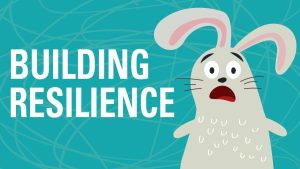
Resilience building helps you recover quickly from setbacks. Resilient people face challenges without losing balance.
Start by strengthening your support network. Share your thoughts with friends, family, or a support group.
Maintain optimism. Find lessons in hardship and trust in your ability to learn and grow. Read inspiring stories or listen to podcasts on resilience.
Resilience is not fixed—it grows with practice.
Table: Mental Health Strategies vs. Key Benefits
| Strategy | Key Benefit |
|---|---|
| Mindfulness | Improved focus and reduced anxiety |
| Self-Care Routines | Balanced energy and emotional stability |
| Relaxation Techniques | Lowered muscle tension and calm mind |
| Cognitive Reframing | Healthier thought patterns |
| Time Management | Enhanced productivity, less overwhelm |
| Digital Detox | Mental clarity, reduced screen stress |
| Gratitude Practice | Boosted mood and positive outlook |
| Physical Activity | Natural mood boost via endorphins |
| Resilience Building | Faster recovery from setbacks |
| Professional Help & Community | Tailored support, reduced isolation |
Conclusion
Building a stress-free living approach in 2025 requires a mix of mental health strategies—mindfulness, self-care routines, relaxation techniques, and resilience building. Regular physical activity, gratitude practice, and digital detox keep your mind clear and focused. Good time management and cognitive reframing reduce overwhelm. When needed, professional support and community connections provide extra help. By weaving these simple, scientific-backed habits into daily life, you’ll face challenges with calm confidence and enjoy greater well-being.
Call-to-Action (CTA): Ready to transform your mental health? Download our free 7-Day Stress-Free Living Workbook and start building these powerful habits today!








